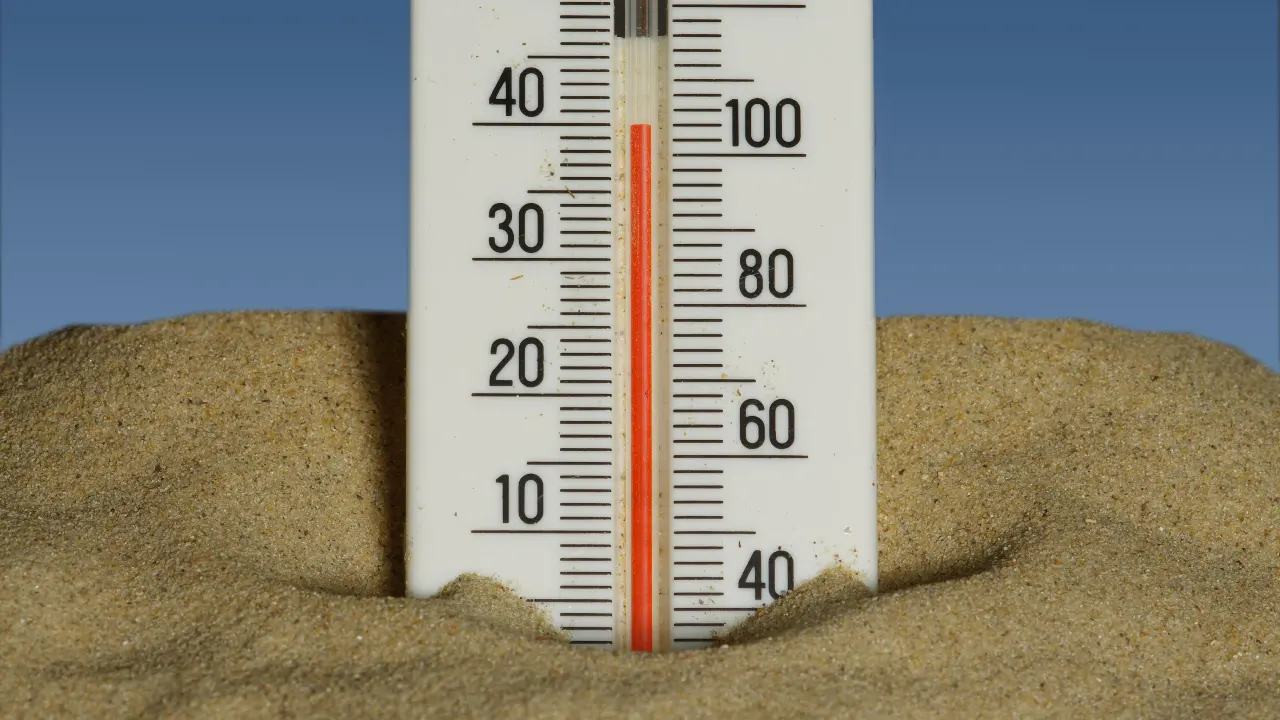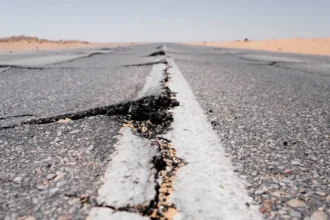Have you ever wondered what happens when our planet gets just 1.5 degrees warmer? According to new predictions from the World Meteorological Organization, we are about to find out very soon. Business-Standard reports that scientists now believe there is a 70% chance our world will cross this critical temperature line between 2025 and 2029.
Understanding the 1.5°C Threshold
The 1.5°C threshold represents how much warmer our planet would be compared to temperatures from 150 years ago. Back in 2015, world leaders met in Paris and agreed this should be our absolute limit to prevent dangerous climate change. Think of it like a fever for Earth – just as your body struggles when your temperature rises even slightly, our planet faces serious problems when it gets too warm.
Ko Barrett, the Deputy Secretary General of WMO, explains that every small increase in temperature creates more harmful heat waves, extreme rainfall, droughts, and rising sea levels. Scientists predict global temperatures will be between 1.2°C and 1.9°C higher than those historical levels, with an 80% probability that at least one year in the next five will be hotter than 2024, which already broke all previous records.
Regional Changes You Should Know About
Different parts of our world will experience very different impacts from this warming, and understanding these regional changes helps us see why this matters so much:
- The Arctic region will warm 3.5 times faster than the global average, meaning ice will melt much more quickly in places like the Barents Sea and Bering Sea
- Northern areas including parts of Europe, Alaska, and Siberia will become much wetter, potentially causing flooding and changing agriculture
- The Amazon rainforest will face drier conditions, threatening the world’s most important carbon-absorbing ecosystem
- South Asia will continue experiencing very wet conditions, which could mean more extreme monsoons and flooding
The Global Response Problem
Here is where the situation becomes truly concerning. Most countries have failed to submit their climate plans for 2031-2035. These plans, called Nationally Determined Contributions, are like homework assignments that tell the world how each country will reduce pollution and fight climate change.
| Source | Countries Missing Plans | Key Details |
| Business Standard | 180 of 195 countries | Failed to submit climate plans for 2031-35 period |
| Carbon Brief | Nearly 95% of nations | Missed February 10, 2025 UN deadline completely |
| Climate Action Tracker | 172 of 193 countries | Lacked any 2035 target as of February 2025 |
What This Means for Your Future
Barrett warns that crossing the 1.5°C threshold means growing negative impacts on our economies, daily lives, ecosystems, and entire planet. When major polluters like China, the EU, and India miss deadlines for new climate targets, it shows how difficult global cooperation remains even as temperature records continue breaking and extreme weather increases.
The question now becomes: will countries act quickly enough to submit meaningful climate plans, or will we watch our planet cross this critical threshold while governments struggle to coordinate their response?











